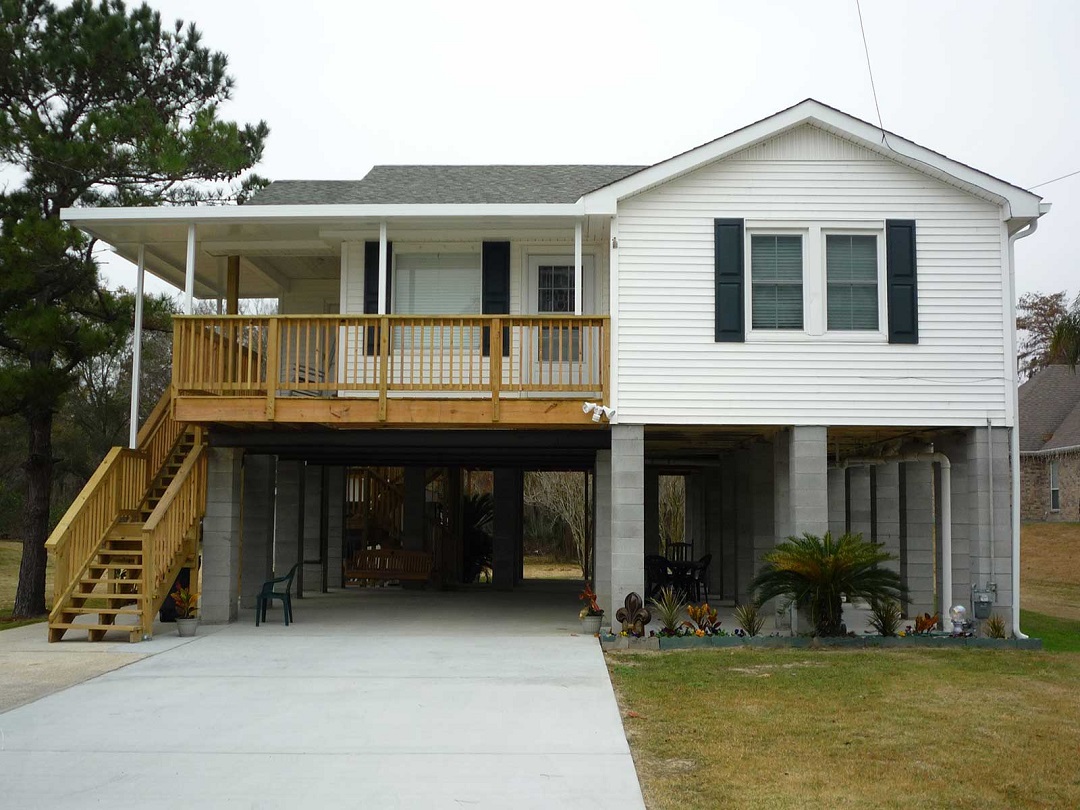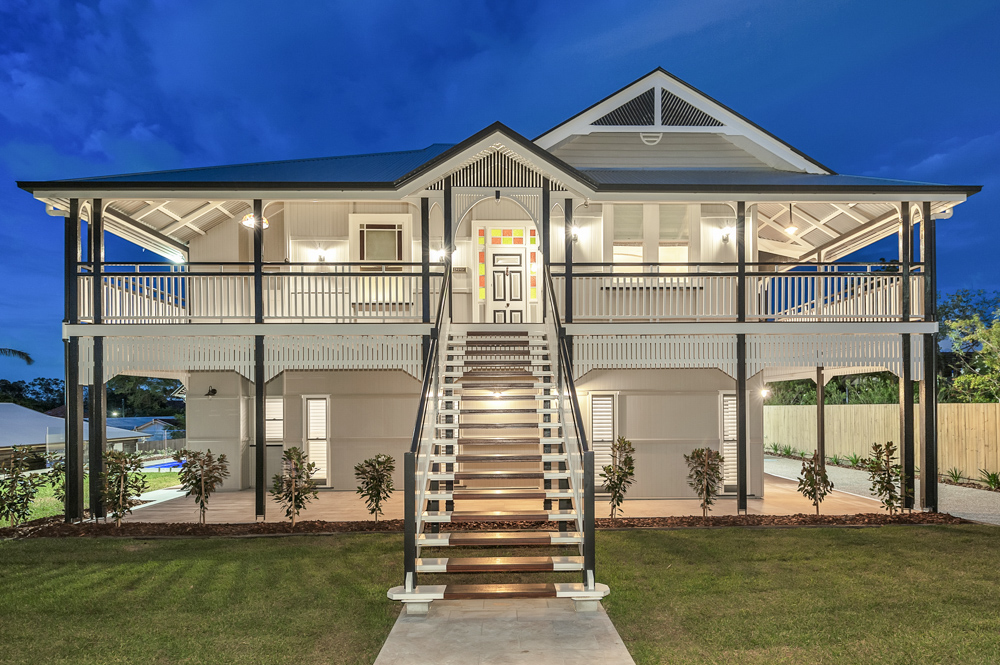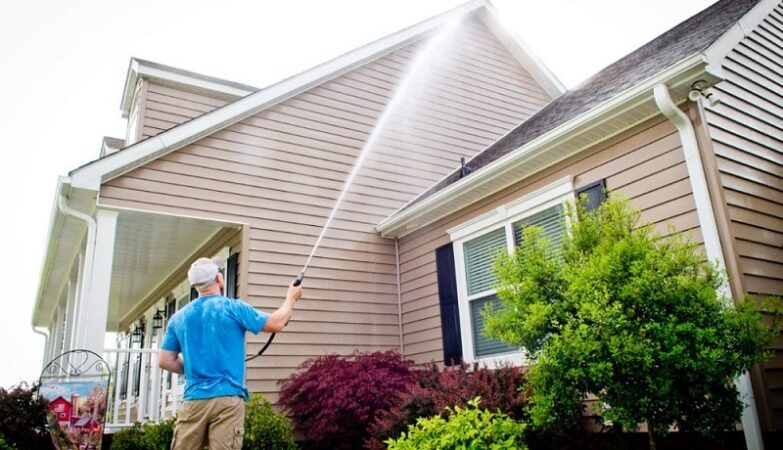So, you’re wondering about the best insulation for under raised houses. Let’s explore the options available and find out what might be the most suitable choice for your situation.
When it comes to insulating the space under raised houses, also known as crawl spaces, there are several insulation materials to consider. The primary goal is to prevent heat loss in winter and heat gain in summer, while also protecting the structure from moisture and humidity, which can lead to mold and rot.
One commonly used insulation material for crawl spaces is fiberglass batt insulation. Fiberglass batts are relatively inexpensive and easy to install, making them a popular choice for DIY projects. However, they may not be the best option for crawl spaces due to their susceptibility to moisture absorption and potential for mold growth if not installed properly.
Another option is rigid foam board insulation, such as extruded polystyrene (XPS) or expanded polystyrene (EPS). Foam board insulation is moisture-resistant and provides excellent thermal performance, making it well-suited for crawl spaces. It can be installed directly against the underside of the floor joists or attached to the crawl space walls.
Spray foam insulation is another option for insulating crawl spaces. Closed-cell spray foam is particularly effective at creating an air-sealed barrier that prevents heat loss and air infiltration. However, professional installation is recommended due to the specialized equipment and training required.
Additionally, some homeowners opt for reflective foil insulation, which consists of a layer of reflective foil laminated to a substrate material. Reflective foil insulation can help reflect radiant heat away from the crawl space, but it may not provide sufficient insulation on its own and is often used in conjunction with other insulation materials.
Ultimately, the best insulation for under raised houses depends on various factors, including climate, budget, and specific requirements. It’s essential to consider factors such as moisture resistance, thermal performance, and installation ease when choosing the right insulation material for your crawl space.
FAQs (Frequently Asked Questions)
1. Can I use fiberglass insulation in my crawl space?
While fiberglass insulation is a common choice for attics and wall cavities. It may not be the best option for crawl spaces due to its susceptibility to moisture absorption. If you choose to use fiberglass insulation in your crawl space. Ensure it is properly installed with a vapor barrier to prevent moisture-related issues.
2. How do I prevent moisture in my crawl space?
To prevent moisture in your crawl space, ensure proper drainage around the perimeter of your home to divert water away from the foundation. Install a vapor barrier on the ground and walls of the crawl space to prevent moisture from seeping in from the soil. Consider installing a dehumidifier to maintain optimal humidity levels.
3. Can I insulate my crawl space myself?
While some insulation materials, such as fiberglass batts, are relatively easy to install for DIYers, insulating a crawl space properly may require professional assistance. Proper installation is crucial to ensure effective insulation and moisture management. So hiring a qualified contractor may be the best option.
4. Should I insulate the floor or walls of my crawl space?
Both options can be effective, but it depends on your specific circumstances. Insulating the floor above the crawl space can help improve energy efficiency and indoor comfort. While insulating the walls can help prevent moisture intrusion and heat loss through the foundation. Consider consulting with a professional to determine the best approach for your crawl space.
5. How much does it cost to insulate a crawl space?
The cost of insulating a crawl space can vary depending on factors such as the size of the space, the insulation material used. And whether professional installation is required. On average, homeowners can expect to pay anywhere from a few hundred to a few thousand dollars for crawl space insulation, with foam insulation typically being more expensive than traditional materials like fiberglass.









